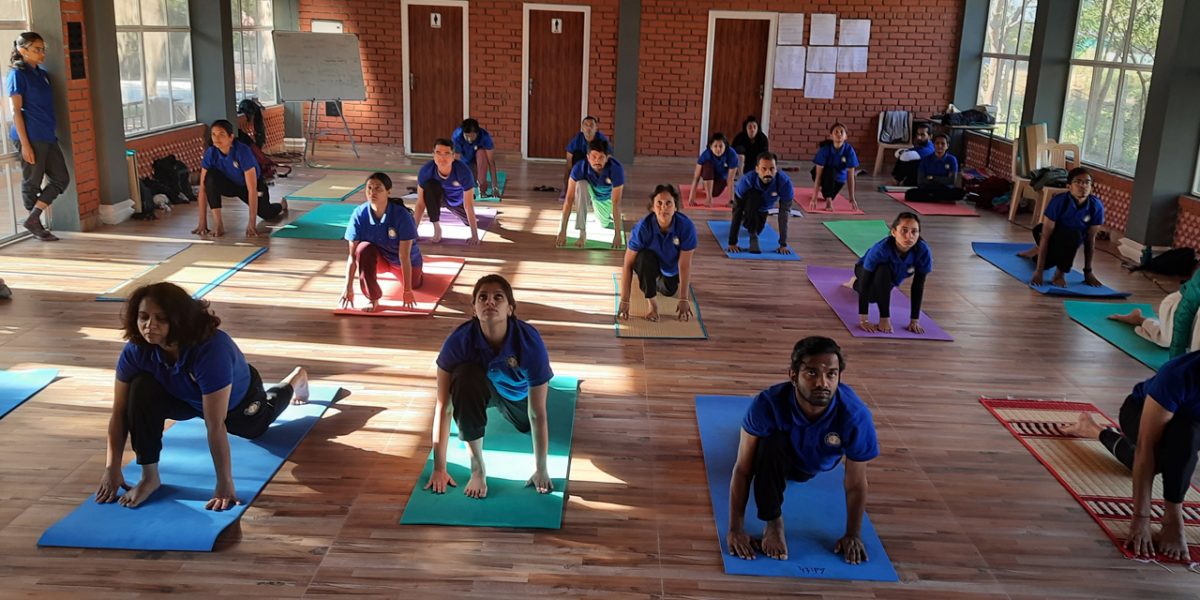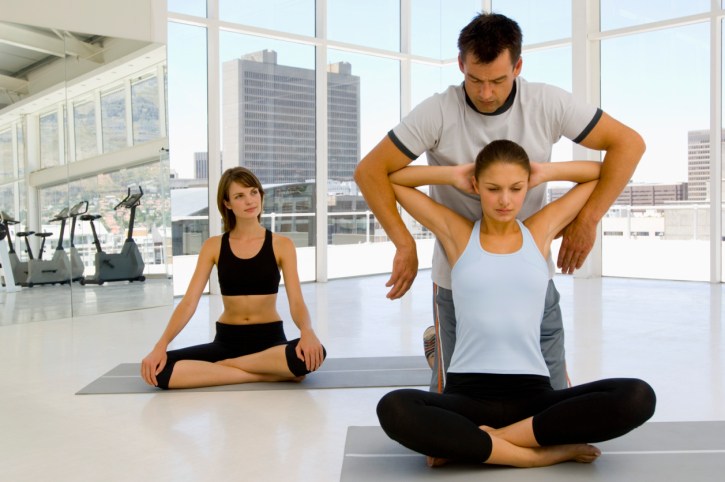
The yoga instructor course is an educational yoga school, that provides courses in different areas of study. The teachers and students are certified to teach particular types of meditation or yoga routines with the knowledge that their knowledge and skills have been tested and approved by Yoga Alliance. This allows the teaching and learning experience to be as safe and effective as possible. As well as offering up different classes within a given area, it also offers a range of options for self-study so you can learn at your own pace.
Benefits of enrolling in a yoga instructor course:
- You will learn to teach a variety of yoga routines and meditation techniques.
- You will acquire knowledge, skills, and experience that are useful in your yoga practice.
- You will have time to develop your practice and learn a variety of techniques useful for the everyday challenges of life.
- You will make new friends and connections in the yoga community to further enrich your yoga practice & life in general.
- You will make yourself available for private lessons, Satsang, or workshops that you can offer at a venue if you wish to do so (the staff at Yoga Instructor School would be happy to help with organizing these).
- You will have a certification that proves you have completed a 300-hour yoga instructor course, enabling you to teach yoga if you wish to do so.

What kind of Yoga Instructor Course should I take?
There are many different types of yoga available, but let’s list some of the major forms: Hatha Yoga, Kundalini Yoga, Ashtanga Vinyasa Yoga, Iyengar Yoga, and Sivananda Yoga. There are also several different ways of practicing some or all of the major branches of yoga. These would be:
Vinyasa Flow – This is an effective way to practice Hatha and kundalini asanas and pranayama with kundalini energy and power. It’s practiced with a continuous flow of movements, linked together with breath and bandhas (muscle locks). It’s a dynamic form of yoga that can be hot and sweaty at times.
Yin Yoga – This form of yoga is about creating extreme stillness in the body whilst holding postures for long periods to allow the life force energy inside to move through all obstacles. This is a slow and meditative way of practicing yoga.
Yoga Therapy – This is also known as restorative yoga which focuses on the use of props to support the body to allow relaxation after trauma or injuries affecting movements or emotions.
Final Verdict
Thus I would like to conclude by saying, if you are looking for an advanced option to learn Yoga and Meditation Techniques, Yoga Teacher Courses are the way to go. It gives you an ample amount of time to study and practice with experts in the field of yoga. It is highly recommended that you opt for this course.
